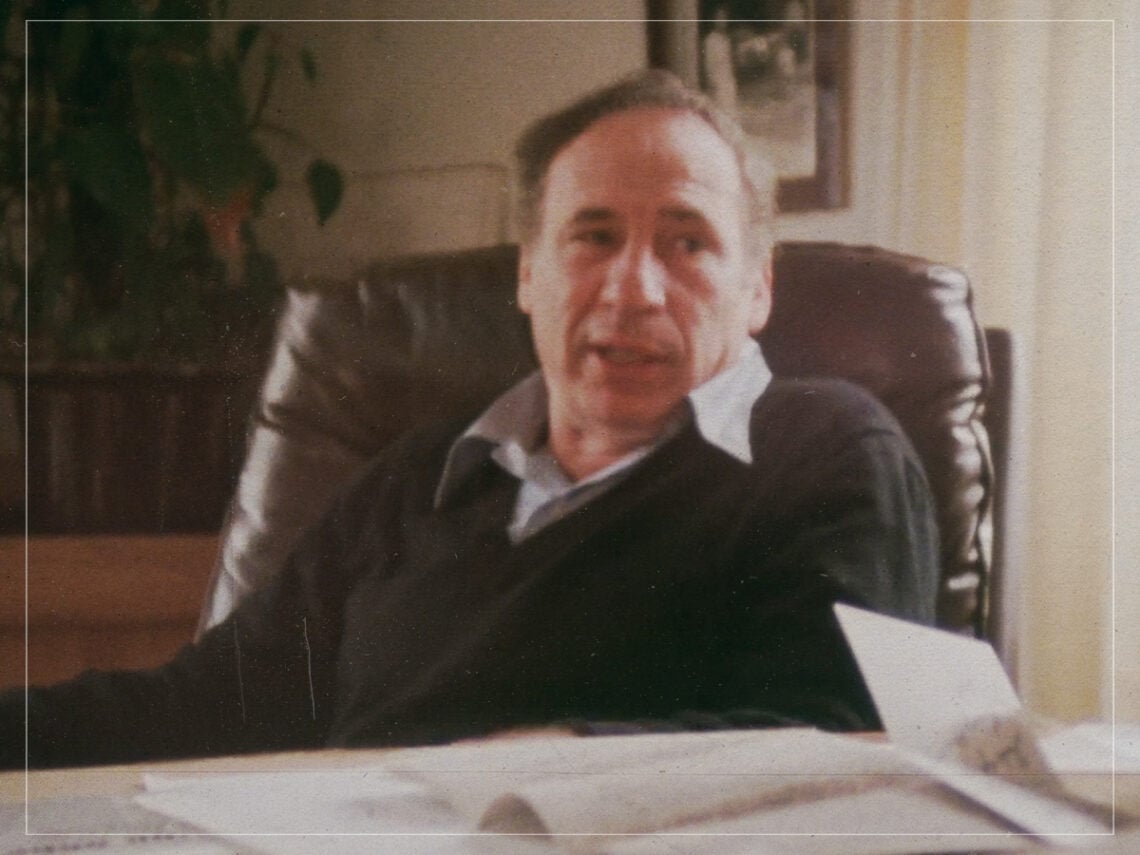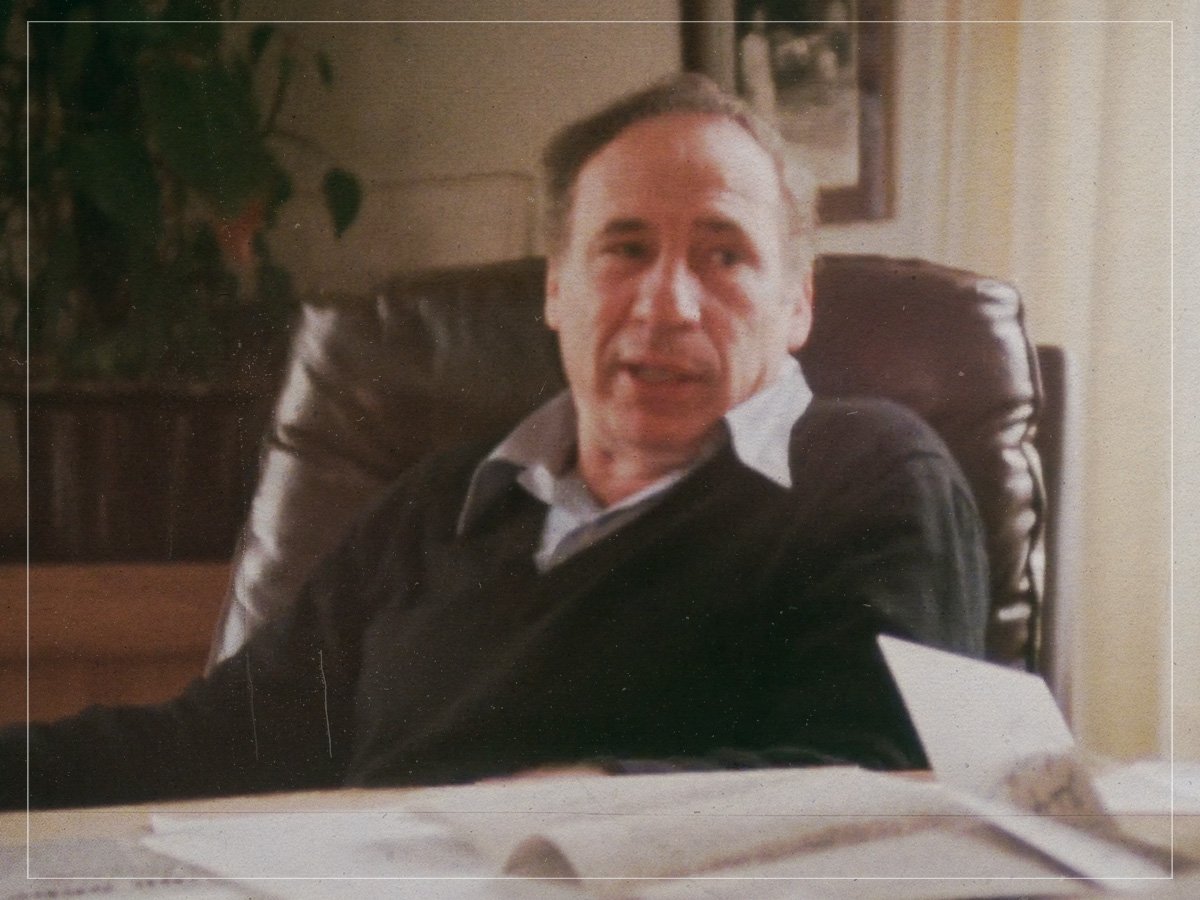
(Credits: Far Out / HBO)
Wed 19 November 2025 0:30, UK
Even though he’s never made a horror movie in the conventional sense, Mel Brooks has plenty of previous with the genre, which includes producing one of the most iconic in modern memory.
Since his name had become so synonymous with a specific brand of comedy, Brooks wisely decided that it would be for the best if he omitted his name completely from David Cronenberg’s The Fly, in the off chance that any audience members were misled and enticed into their local theatre expecting some laughs.
Needless to say, Cronenberg’s body horror classic does not provide much in the way of mirth, although it does have a few blackly comedic moments, so he made the right call, even if the blame should have been laid at the unwitting customers’ doors, seeing as the trailers made it perfectly clear, with or without Brooks being featured prominently, that it wasn’t going to be a thigh-slapping time at the multiplex.
The first film that “scared the shit” out of the impressionable young New York native was James Whale’s Frankenstein, which was released when he was five years old. To process that lingering childhood trauma, he did what any self-respecting comedian would do, and turned the spine-tingling terrors into a riotous comic caper, even if it took more than 40 years for his Young Frankenstein to become a reality.
Boris Karloff’s seminal first stint under the green makeup and bolts wasn’t the movie he called the scariest of all-time, though, but it was released in the same year. Nine months before Whale’s Frankenstein, 1931 had already laid down a marker for becoming one of the most iconic years in horror history when Bela Lugosi made his often imitated but rarely bettered introduction as the title character of Tod Browning’s Dracula.
“I believed Bela Lugosi was Dracula,” the EGOT winner told Deseret, explaining why he refuses to acknowledge any other picture as the scariest ever made. “I absolutely believed it. There were close-ups of his eyes that made me believe. I was afraid to look at the screen.”
In fact, he was so petrified that he “had nightmares that he would be climbing up the side of 365 S Third Street in Williamsburg, Brooklyn, up my own fire escape, come into my bedroom window and sink his fangs into my neck.” More than mere night terrors, the impressionable young Brooks was convinced they were predictions of the inevitable: “I knew it! I knew it!”
Once again, he opted to use comedy as a coping mechanism, which took him even longer this time around. Whereas there was a 40-year gap between Whale’s Frankenstein and his send-up, almost 65 years had passed between his first viewing of Lugosi’s nocturnal bloodsucker and Leslie Nielsen hamming it up as the bumbling focal point of 1995’s Dracula: Dead and Loving It.
Unlike his first attempt, Brooks’ Dracula spoof was a box office bomb that was torn limb from limb by critics, but if there was a silver lining to be found, it did at least allow him to deal with his six decades of trauma.
Related Topics

